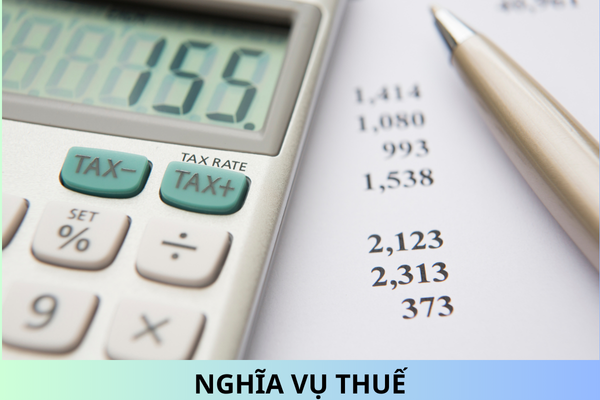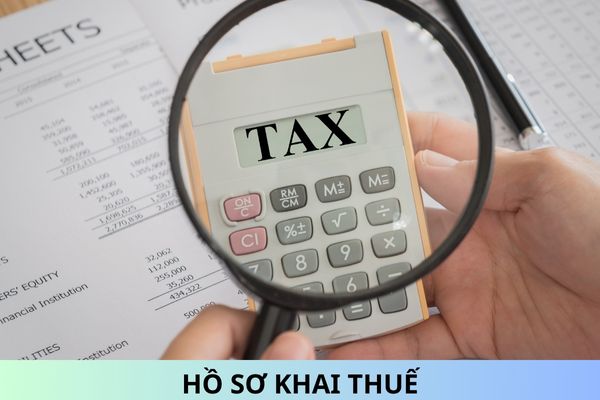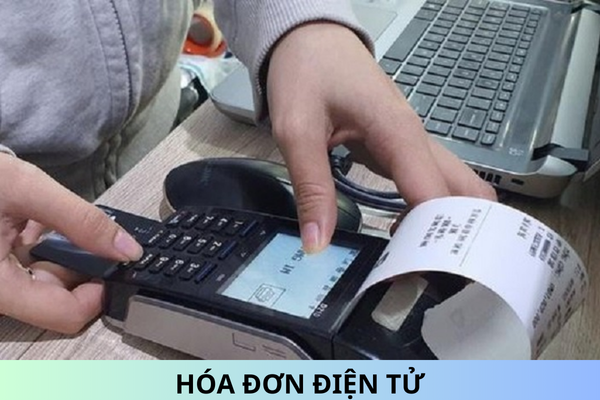Regulations on the Evaluation of Internal Control Systems
Article 8 Audit Procedures of the State Audit Issued Together with Decision 02/2020/QD-KTNN Regulating the Evaluation of the Internal Control System as Follows:
Content of the Evaluation
Evaluation of the adequacy, effectiveness, efficiency, reliability, and limitations of the internal control system and the information collected as a basis for risk assessment and determination of audit materiality.
Methods and Procedures
- Review and evaluate information about the internal control system of the entity through collected information (organizational structure charts, delegation of tasks, management staff qualifications, accounting charts, internal management documents, internal audit organization) and the updated evaluation results of previous audits; results of discussions and interviews with relevant managers and staff of the entity; results of inspection, analysis of reports, and related documents; results of direct observation of certain activities within the entity; and results of testing certain stages of the internal control process.
- Evaluate the adequacy, effectiveness, and efficiency of the internal control system through various methods (analysis, comparison, balancing, statistics, sampling, etc.)
Approach to Evaluation:
- Identify the objectives of internal control;
- Identify the existing internal control processes within the entity;
- Identify important control activities missing;
- Identify the limitations and weaknesses of the internal control system;
- Identify the potential consequences due to the lack of important control activities and the limitations and weaknesses of the internal control system;
- Identify measures to overcome the weaknesses of the internal control system.
The procedure for evaluating the internal control system is carried out according to the regulations in Paragraphs 18 to 44 CMKTNN 1315 - Identifying and Assessing the Risks of Material Misstatement through Understanding the Entity and Its Environment in Financial Audits; Paragraph 11 CMKTNN 4000 - Compliance Audit Guidelines; and Paragraph 24 CMKTNN 3000 - Operational Audit Guidelines.
Respectfully!










